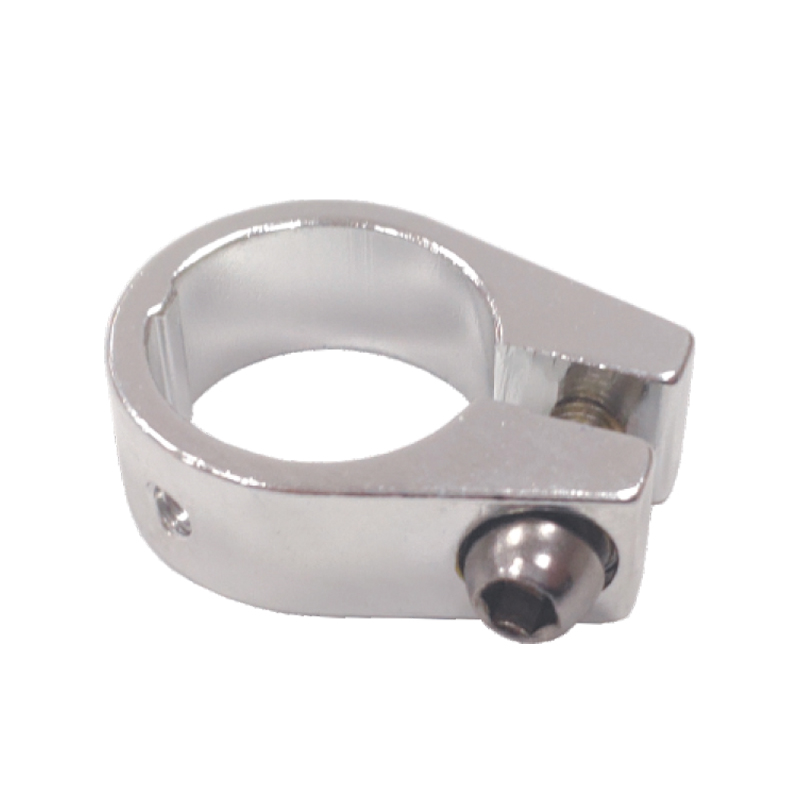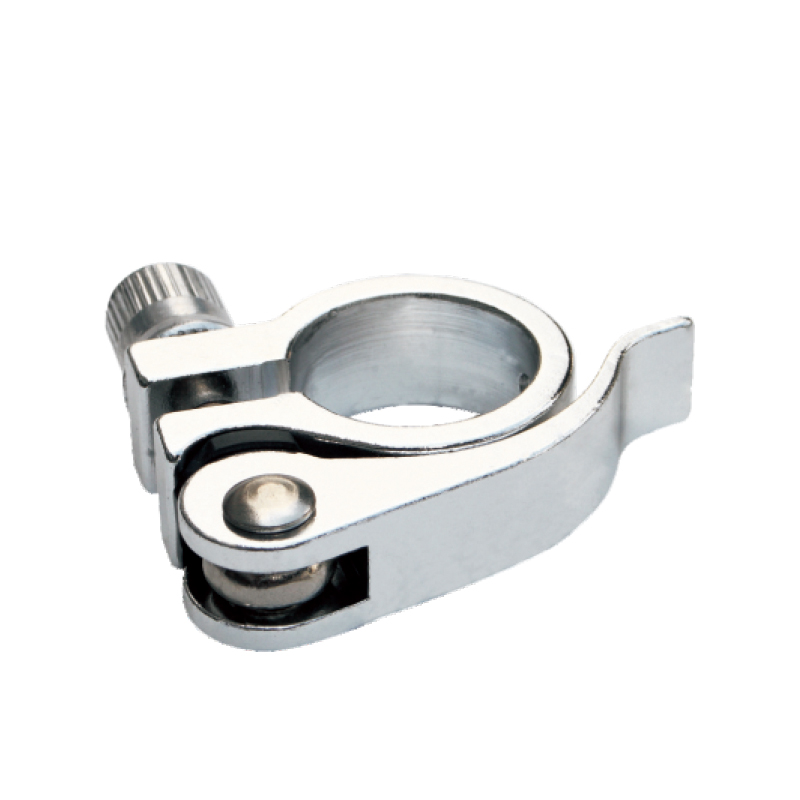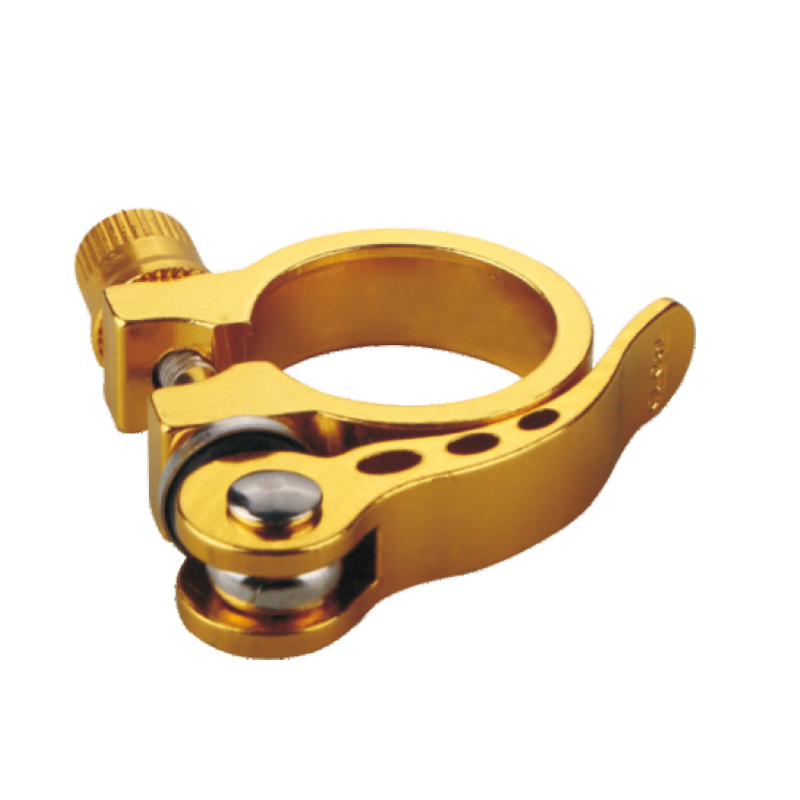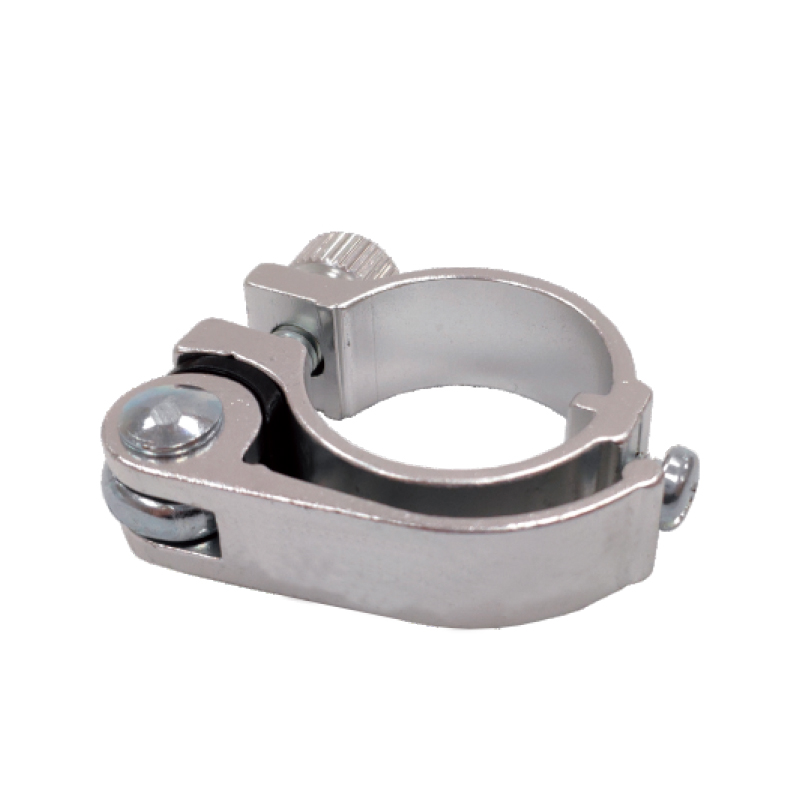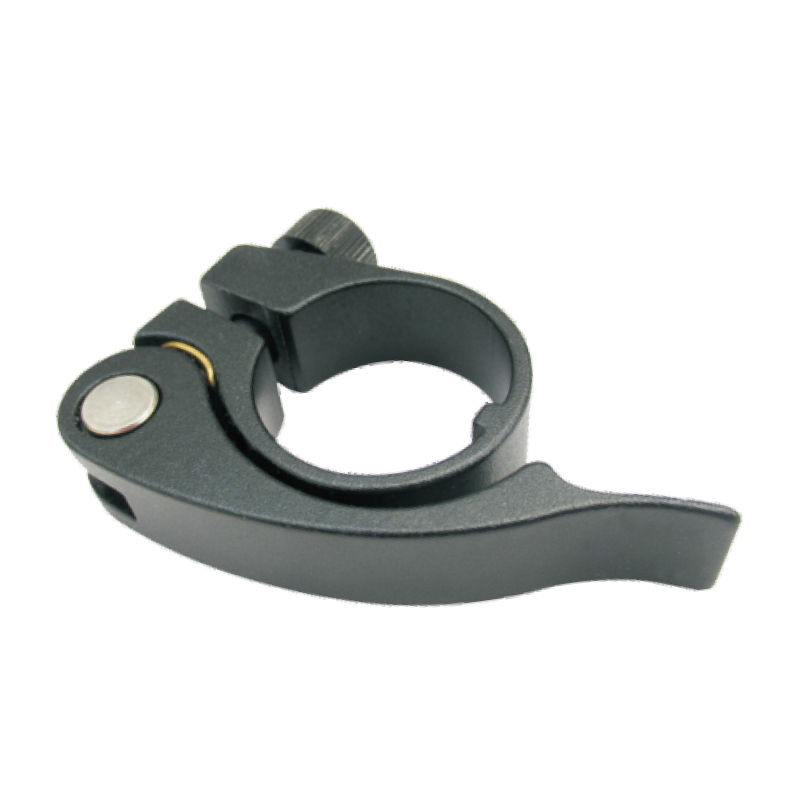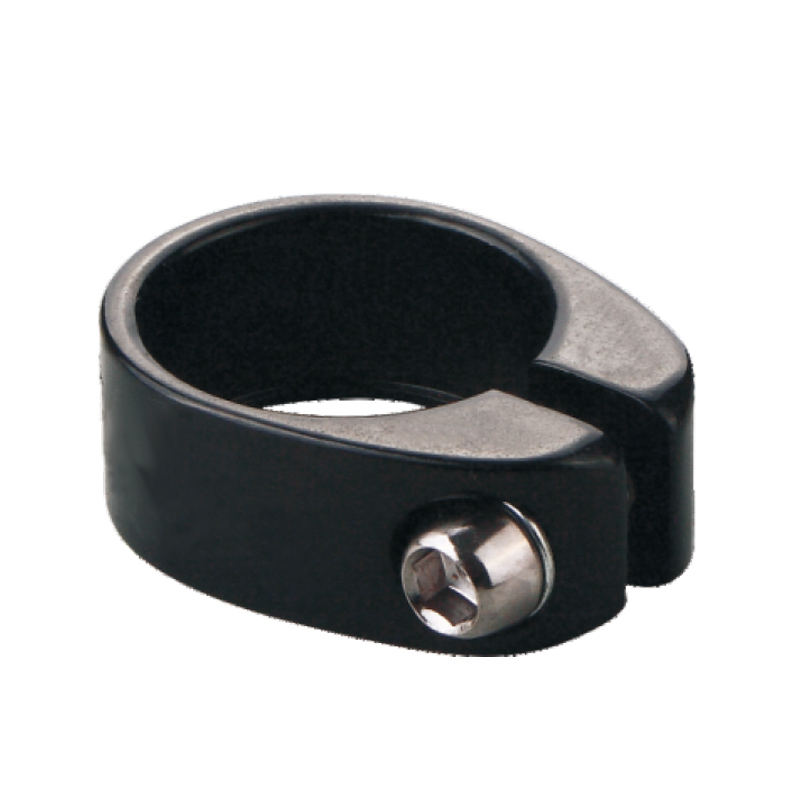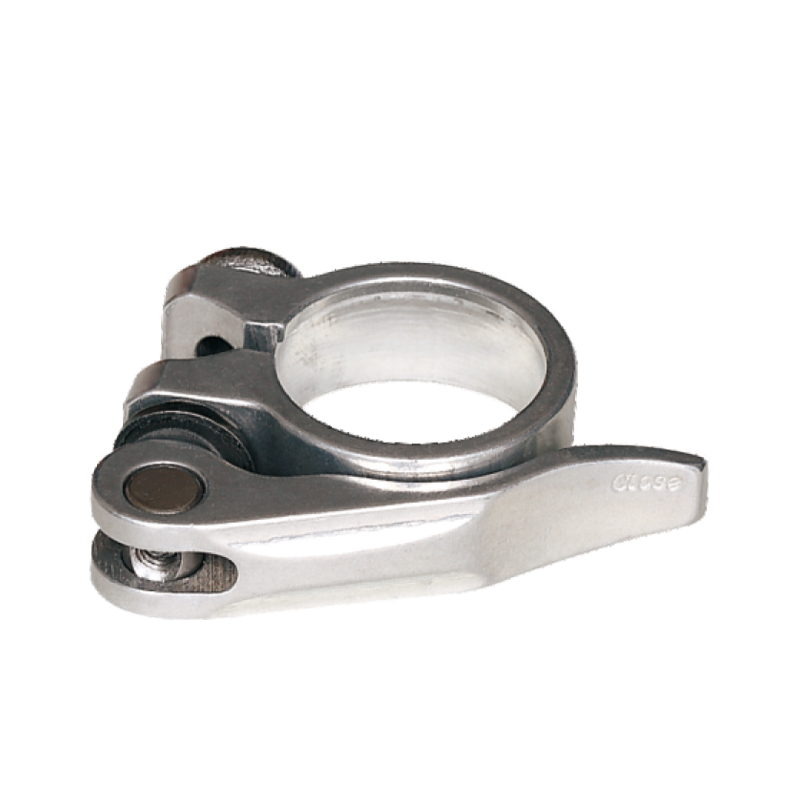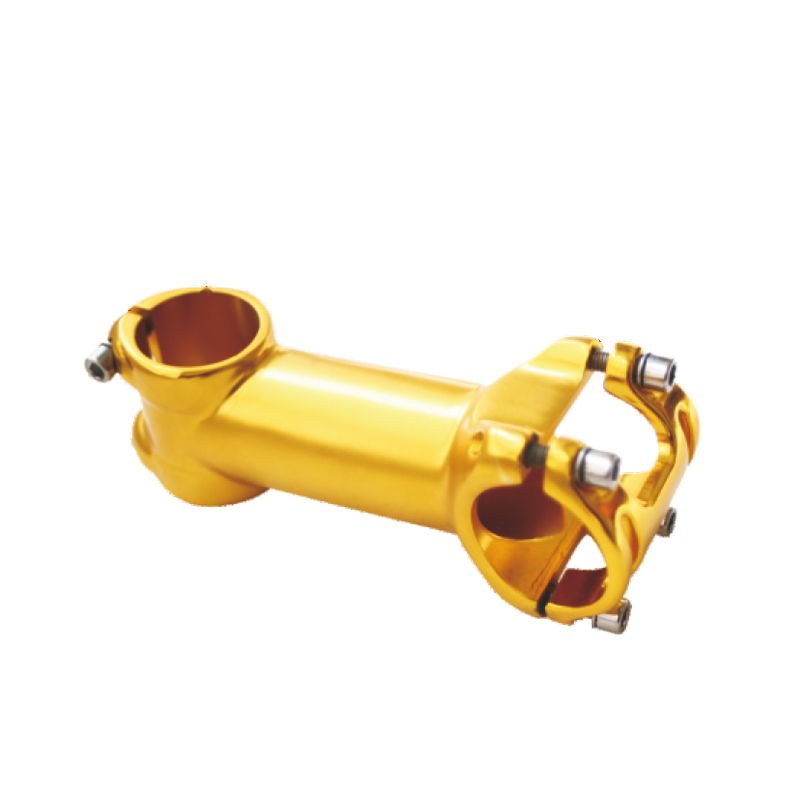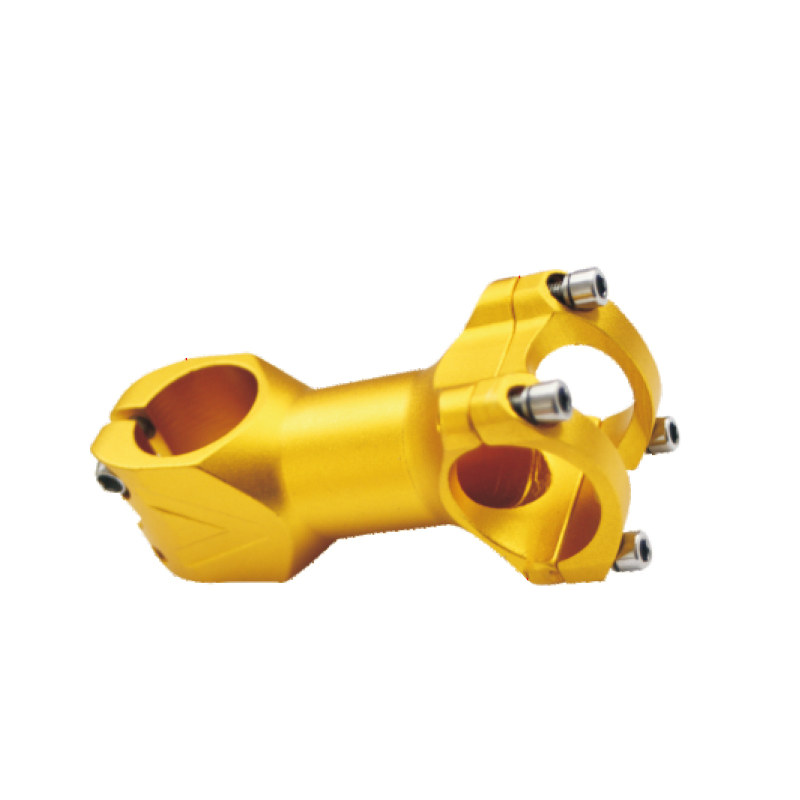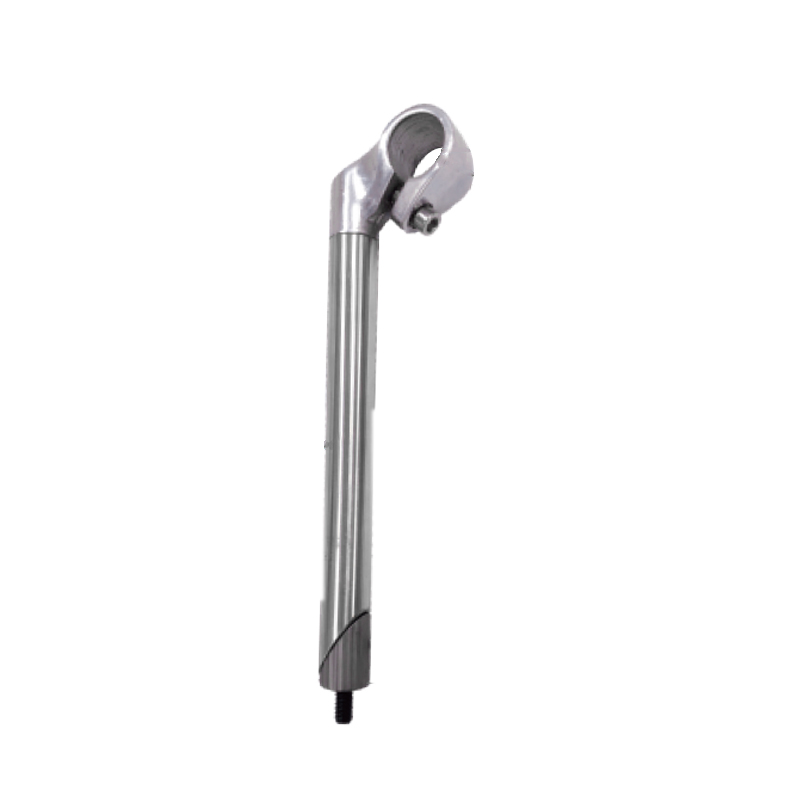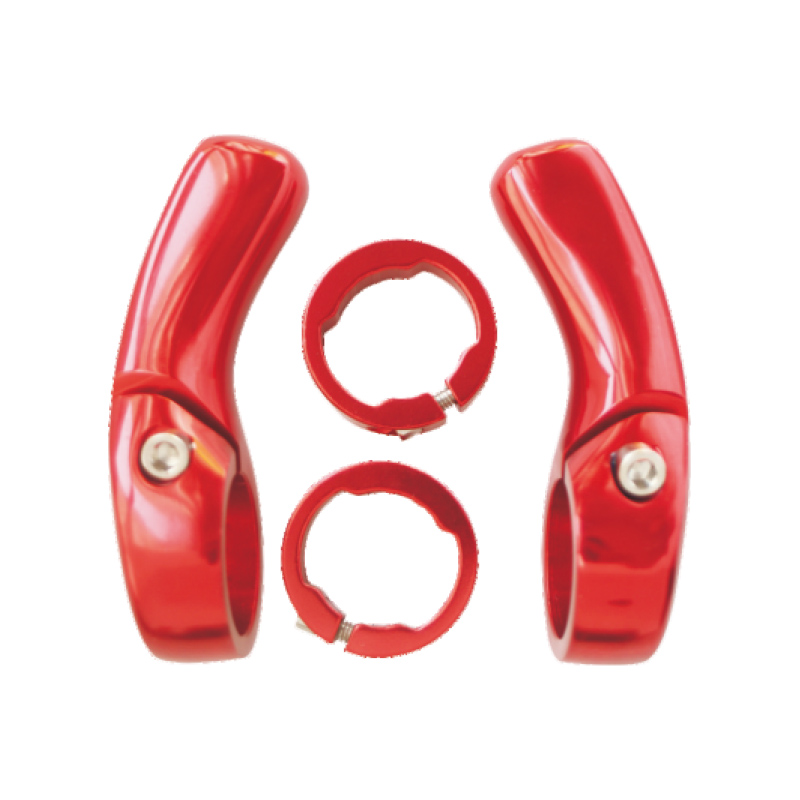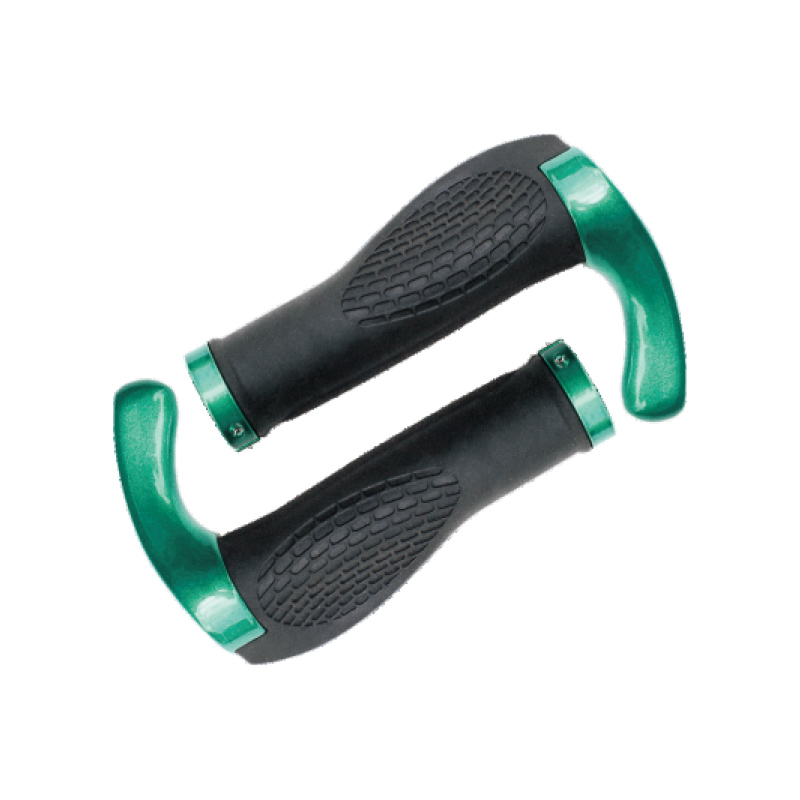Using aluminum alloy for bicycle steering stems offers several key advantages:
Lightweight: The low density of aluminum, approximately 2.7 g/cm³, makes it an ideal choice for applications where weight reduction is critical. In the context of bicycle steering stems, this characteristic significantly contributes to the overall lightness of the bike, resulting in improved maneuverability, reduced rider fatigue, and enhanced energy efficiency, especially during prolonged rides or competitive cycling events.
Strength-to-Weight Ratio: Aluminum alloys, such as 6061 and 7075, boast a remarkable strength-to-weight ratio, surpassing many other metals commonly used in manufacturing. This attribute is essential for the steering stem, as it enables designers to achieve high tensile and yield strengths without adding unnecessary mass. The result is a structurally robust component that effectively manages the dynamic loads experienced during cycling without compromising on the bike's overall weight.
Stiffness: The stiffness of aluminum contributes to the precise and responsive handling of a bicycle. In the steering system, a stiff aluminum alloy stem ensures that the rider's input is translated efficiently to the front wheel, providing a direct and immediate response. This characteristic is particularly crucial for cyclists who demand optimal control during rapid descents, sharp turns, or other high-performance riding scenarios.
Cost-Effectiveness: Aluminum is economically advantageous due to its abundance in the Earth's crust and the efficiency of the extraction process. The cost-effectiveness of aluminum makes it a preferred material for manufacturing bicycle components, including steering stems. This affordability democratizes access to high-quality bikes, allowing a broader demographic of cyclists to enjoy the benefits of lightweight and durable aluminum components.
Corrosion Resistance: The natural formation of a thin oxide layer on the surface of aluminum provides inherent corrosion resistance. This protective layer prevents the development of rust, oxidation, or other forms of corrosion. For bicycle steering stems exposed to diverse weather conditions, including rain, humidity, and salt from sweat, this corrosion resistance ensures the longevity and reliability of the component over its lifecycle.
Machinability: Aluminum's excellent machinability facilitates intricate and precise manufacturing processes. CNC machining, extrusion, and other fabrication techniques can be efficiently employed to create complex geometries and designs in steering stems. This versatility in manufacturing enables designers to optimize the structural and aesthetic aspects of the steering stem, meeting specific performance criteria and stylistic preferences.
Durability: When designed and manufactured with attention to stress distribution and fatigue resistance, aluminum alloy steering stems exhibit commendable durability. The material's ability to withstand cyclic loading, impacts, and varying forces encountered during cycling ensures that the steering stem maintains its structural integrity over an extended period, contributing to the overall longevity of the bicycle.
Recyclability: Aluminum is highly recyclable, with the recycling process requiring only about 5% of the energy needed for primary aluminum production. This inherent recyclability aligns with environmental sustainability goals in the bicycle industry. Choosing aluminum for steering stems contributes to a more eco-friendly manufacturing process, reducing the demand for new raw materials and minimizing the overall carbon footprint associated with bicycle production.
Vibration Damping: While not as effective as materials explicitly designed for vibration damping, such as carbon fiber or certain polymers, aluminum does exhibit some inherent ability to absorb and dampen vibrations. This characteristic contributes to the overall comfort of the ride by reducing the transmission of road-induced vibrations to the handlebars, enhancing the cyclist's experience, especially during long rides on varying terrains.
Versatility in Design: Aluminum alloys offer designers a broad range of possibilities in shaping and profiling bicycle components. The versatility of aluminum allows for the creation of aesthetically pleasing and functionally optimized steering stems. Different geometries, tube diameters, and surface finishes can be explored, allowing manufacturers to cater to diverse consumer preferences in terms of performance, comfort, and visual appeal.
